The Secret Ingredient in Every Bon Mi Sandwich? Spices, of Course!
When you think of a bon mi sandwich, your mind probably jumps straight to that crispy baguette, the tender slices of meat, and the refreshing crunch of pickled vegetables. But what really ties it all together — the flavor that lingers on your tongue long after the last bite — is something far more subtle yet powerful: spices.
In this article, we’re diving into the heart of the bon mi sandwich through the lens of global spice traditions. From Vietnamese street food stalls to gourmet kitchens in Paris and New York, the magic lies not just in the ingredients but how they're seasoned.
Table of Contents
- What Exactly Is a Bon Mi Sandwich?
- Why Spices Make or Break a Bon Mi
- Global Spice Traditions That Shape Bon Mi
- How to Make Your Own Bon Mi at Home (with Spice Tips)
- Spice Buying Guide for Perfect Bon Mi at Home
- Conclusion
What Exactly Is a Bon Mi Sandwich?
A bon mi (also spelled bánh mì) is a Vietnamese sandwich that’s become a global phenomenon. Born from French colonial influence, it blends local flavors with European baking techniques. At its core:
- Crispy, airy French-style baguette
- Spread of pâté or mayonnaise
- Marinated proteins (like grilled pork, chicken, tofu, or egg)
- Pickled vegetables (daikon radish, carrots)
- Fresh herbs (cilantro, mint, chili)
- Sometimes butter or mayo, sometimes even cheese
But here's the kicker — without the right blend of spices, it's just a bunch of ingredients slapped between bread. Let’s uncover how spices elevate this humble sandwich into a culinary masterpiece.
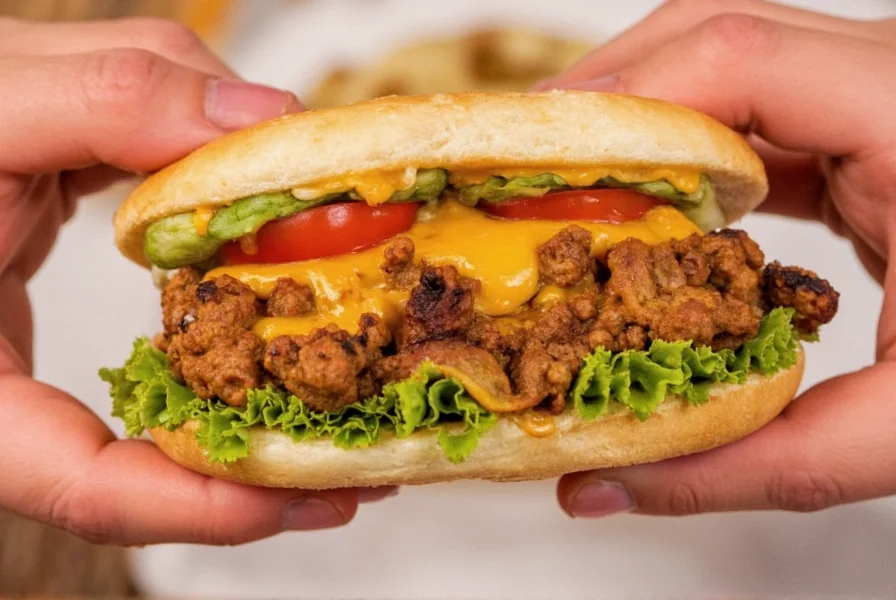
Why Spices Make or Break a Bon Mi
Let’s talk about what makes the bon mi special. It’s not just the balance of textures and flavors; it’s the layered seasoning. Each element gets spiced differently to enhance the whole experience:
- Meat marinades: Soy sauce, garlic, lemongrass, five-spice powder, pepper
- Pickling brine: Vinegar, sugar, salt, star anise, coriander seeds
- Mix-ins: Cilantro, chili, sliced cucumber, black pepper
These aren’t just random additions — they’re rooted in centuries of spice blending and food preservation traditions across Asia and Europe. Let’s dig deeper.
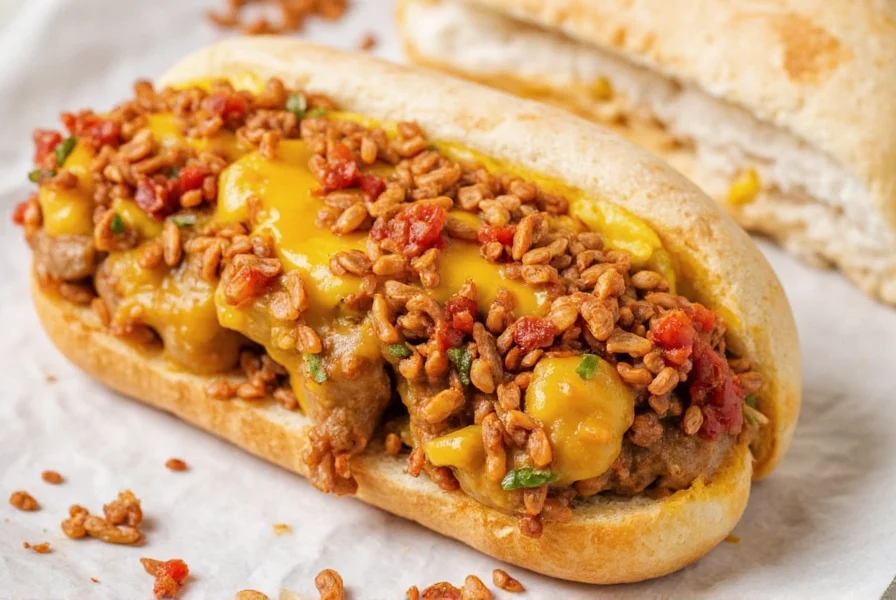
Global Spice Traditions That Shape Bon Mi
While bon mi is uniquely Vietnamese, its spices tell a story of global exchange. Here are some spice traditions that helped shape the modern bon mi:
| Spice | Origin | Role in Bon Mi | Taste Profile |
|---|---|---|---|
| Lemongrass | Southeast Asia | Used in marinades and grilled meats | Citrusy, floral |
| Star Anise | China/Vietnam | Flavors the broth and pickles | Earthy, licorice-like |
| Five-Spice Powder | China | Seasoning for pork belly and meatballs | Warm, complex, aromatic |
| Black Pepper | India | Added to sauces and condiments | Sharp, earthy |
| Garlic | Mediterranean/Asia | Base of many marinades | Pungent, savory |
This fusion of Eastern and Western spice palettes gives the bon mi its signature complexity. The French may have brought the baguette, but Vietnamese cooks perfected the art of balancing spice, acid, and umami inside it.

How to Make Your Own Bon Mi at Home (with Spice Tips)
Want to recreate that perfect bon mi at home? Here’s how to get the most out of your spices:
Step 1: Choose Your Protein
- Grilled Pork Belly (Bon Mi Thit Nuong)
- Egg Pâté (Bon Mi Trứng Ốp La)
- Tofu or Mushroom (Vegan option)
Step 2: Marinate with Flavor
Use a spice-forward marinade like this one:
- 4 cloves garlic, minced
- 2 tbsp soy sauce
- 1 tbsp oyster sauce
- 1 tsp five-spice powder
- 1 stalk lemongrass, bruised
- 1 tsp black pepper
Let the protein sit for at least 30 minutes before grilling or pan-frying.
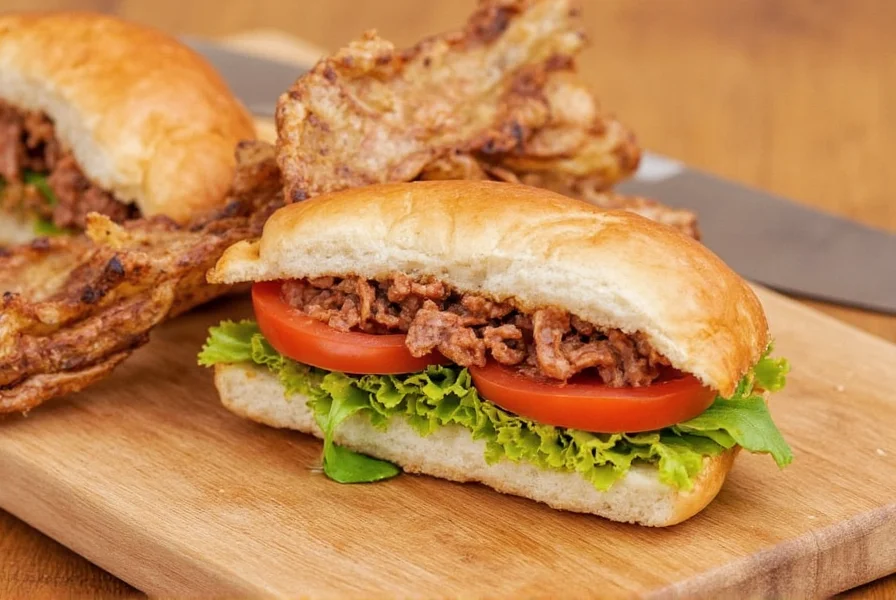
Step 3: Prepare Pickled Vegetables
Classic pickles include daikon radish and carrots. Brine them with these ingredients:
- 1 cup rice vinegar
- 1 cup water
- 2 tbsp sugar
- 1 tsp salt
- ½ tsp star anise
- ¼ tsp coriander seeds
Let them sit for at least 30 minutes. For extra tanginess, add a splash of lime juice before serving.
Step 4: Assemble Your Sandwich
Layer your freshly toasted baguette with:
- Mayo or pâté
- Grilled protein
- Pickled veggies
- Fresh herbs (mint, cilantro, Thai basil)
- Sliced chili if you like heat
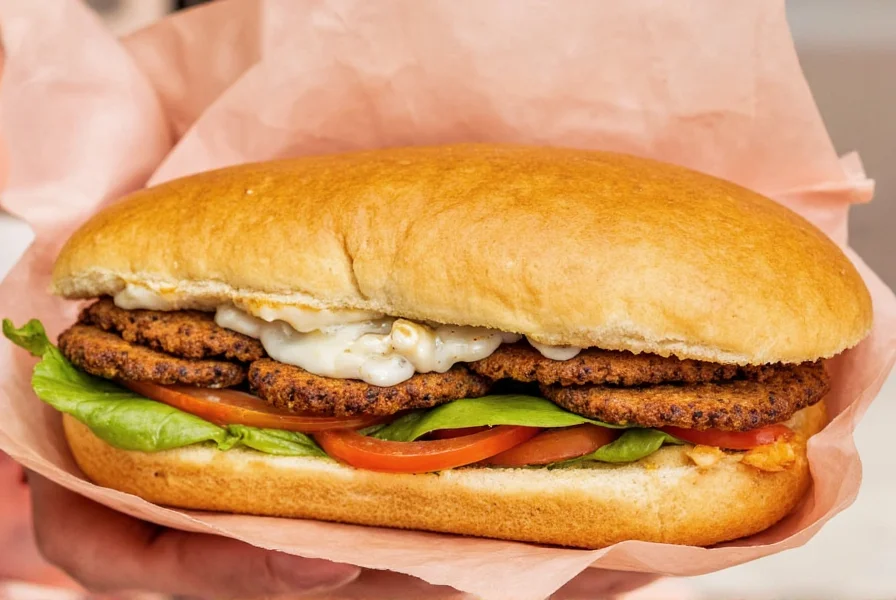
Spice Buying Guide for Perfect Bon Mi at Home
If you’re new to making bon mi at home, here’s a list of essential spices to stock up on, along with their best uses and where to buy them:
| Spice | Best Use in Bon Mi | Brand Recommendation | Where to Buy | Price Range |
|---|---|---|---|---|
| Five-Spice Powder | For marinating meats | Spicely Organics | Amazon, Whole Foods | $5–$10 |
| Lemongrass | Marinades and broths | Fresh bunches or frozen | Asian grocery stores, Walmart | $2–$4 |
| Star Anise | Pickled veggies, braised meats | Frontier Co-op | Amazon, specialty spice shops | $6–$8 |
| Coriander Seeds | Brines and spice blends | McCormick | Grocery stores | $3–$5 |
| Black Pepper | Universal seasoning | La Flor or Tellicherry | Gourmet shops, online | $7–$12 |
Top Picks for Spice Enthusiasts
- Organic Lemongrass Stalks – Freshness is key for authentic aroma.
- Whole Star Anise Pods – Better than ground for slow infusions.
- Homemade Five-Spice Mix – Combine cinnamon, cloves, fennel, star anise, and Szechuan peppercorns.
- High-Quality Black Pepper – A must for sprinkling on top.

Conclusion
The bon mi sandwich is more than just a trendy street food — it’s a symphony of spices, technique, and tradition. Whether you’re enjoying one from a food cart in Ho Chi Minh City or assembling your own at home, don’t underestimate the role of spices in making it unforgettable.
From lemongrass to five-spice powder, every spice has a purpose in this iconic sandwich. So next time you take a bite, close your eyes and savor the layers — not just of flavor, but of history and culture too.
Now go forth, gather your spices, toast that baguette, and make a bon mi that tells your own unique flavor story!
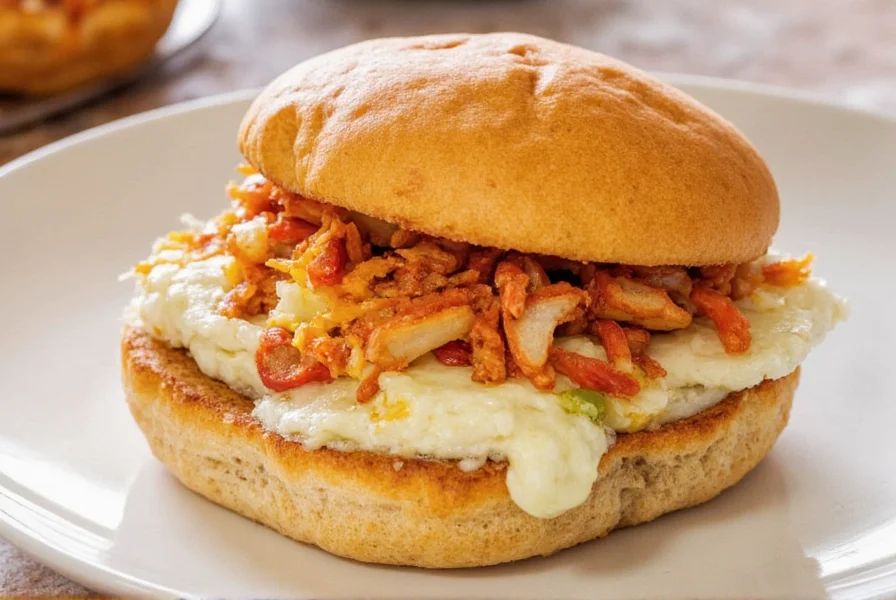

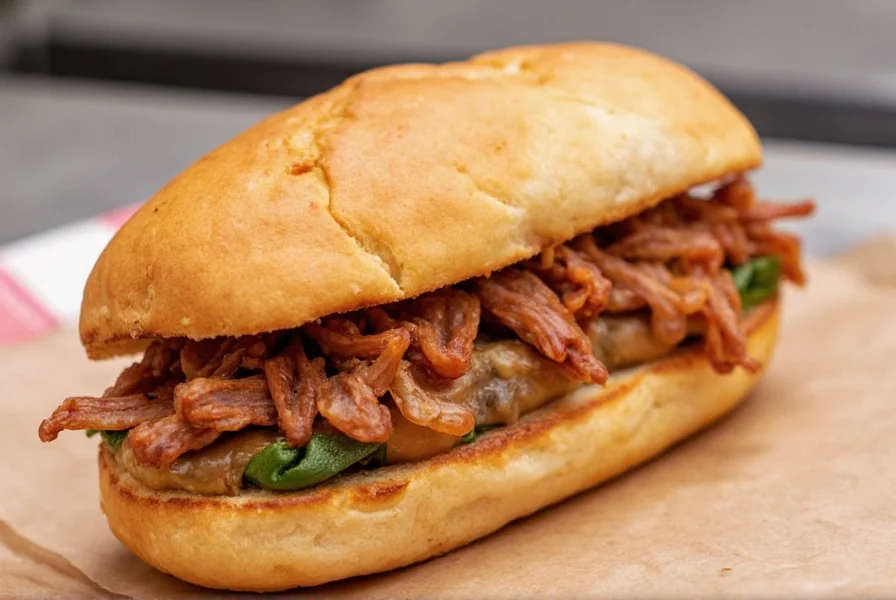









 浙公网安备
33010002000092号
浙公网安备
33010002000092号 浙B2-20120091-4
浙B2-20120091-4